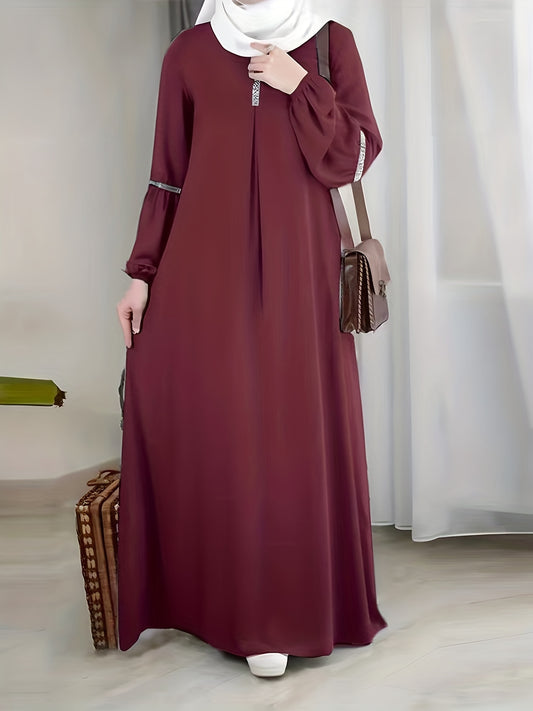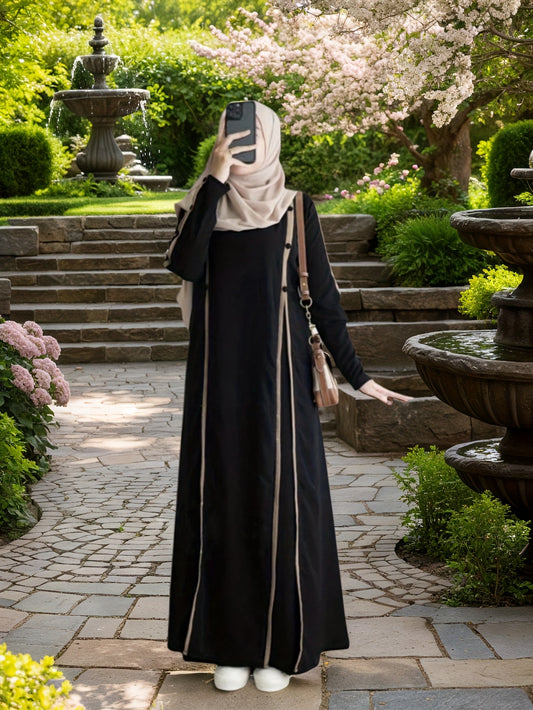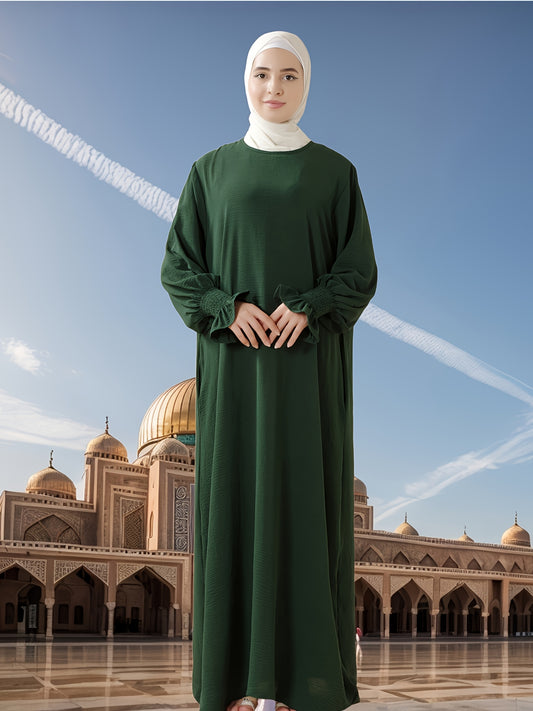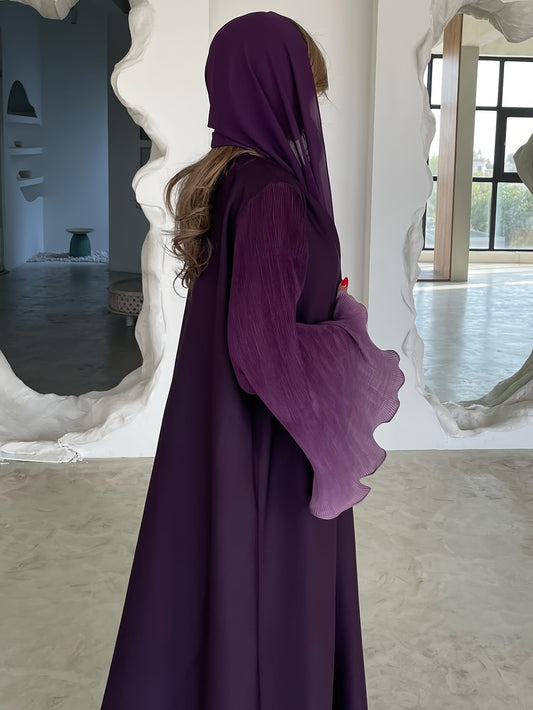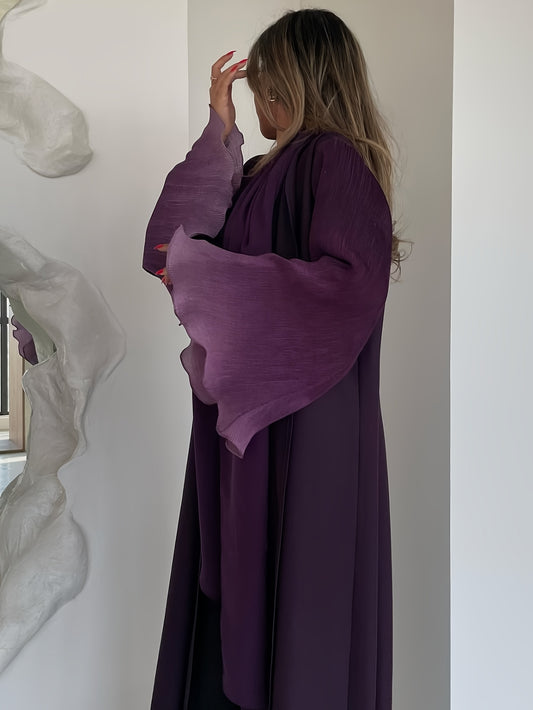About Arabic Abaya
The Complete Guide To Arabic Abayas
What Is An Arabic Abaya
An Arabic abaya is a traditional garment worn by women across the Middle East and beyond, characterized by modesty, elegance, and cultural significance. Typically crafted as a long, flowing robe, the abaya provides full coverage while maintaining grace and style. Over centuries, the abaya has evolved from a simple black cloak into a garment that incorporates modern design features, intricate embroidery, and luxurious fabrics. It serves not only as attire but also as an expression of identity, heritage, and sophistication.
Historical Roots Of The Arabic Abaya
The abaya traces its roots to the Arabian Peninsula, where it was originally worn as a protective garment against harsh desert climates. It provided modesty and shielded wearers from sun, wind, and dust. Historically, abayas were plain and black, symbolizing simplicity and cultural uniformity. As trade and cultural exchange flourished, fabrics and designs diversified, and the abaya transformed from a utilitarian covering into a fashionable statement. Today, Arabic abayas represent a balance between tradition and modernity, retaining cultural values while embracing design evolution.
Fabrics Commonly Used In Arabic Abayas
The choice of fabric plays a critical role in the comfort, appearance, and longevity of an abaya. Crepe is widely favored for its lightweight drape and wrinkle resistance. Chiffon abayas add fluidity and elegance, often layered to ensure modesty. Satin and silk are luxurious choices reserved for evening wear and special occasions. Cotton abayas are breathable and practical for daily use, particularly in warmer climates. Jersey provides stretch and flexibility, making it suitable for casual wear or travel. Blended fabrics are also popular, combining durability with style.
Styles Of Arabic Abayas
Arabic abayas now come in diverse styles that cater to different preferences and occasions. Open-front abayas, often paired with inner dresses, provide versatility and layering options. Kaftan-inspired abayas feature wide sleeves and flowing silhouettes, ideal for summer wear. Embellished abayas, adorned with sequins, beads, or lace, add glamour for weddings and events. Tailored abayas emphasize structure, offering a professional appearance. Maxi-style abayas bring elegance suitable for evening functions. Each variation reflects both modesty and fashion awareness, allowing women to choose according to lifestyle needs.
Everyday Wearability
Abayas are not limited to ceremonial use. Modern Arabic abayas are designed for everyday practicality, offering comfort during work, study, or travel. Neutral-colored cotton abayas are perfect for office settings, while jersey or crepe abayas are favored for running errands or casual gatherings. Their adaptability makes them staples in the wardrobes of women who want modest fashion that transitions seamlessly from morning to evening. The flowing silhouettes also ensure breathability and ease of movement, making them practical for daily wear.
Abayas For Formal Occasions
For formal events, abayas take on an elevated form. Designers incorporate satin, silk, and chiffon, often enhanced with embellishments. Weddings, Eid celebrations, and evening gatherings are common occasions for wearing richly designed abayas. Embroidery, metallic accents, and delicate beadwork transform them into luxurious garments comparable to gowns. Unlike Western evening dresses, abayas maintain modest coverage while delivering equal sophistication, bridging tradition and high fashion.
The Role Of Color In Arabic Abayas
While the classic black abaya remains iconic, modern collections embrace a wide spectrum of colors. Neutral shades like ivory, beige, and gray are popular for professional wear. Jewel tones such as emerald, ruby, and sapphire bring richness for evening attire. Pastel shades are favored for spring and summer wardrobes. Designers also experiment with ombre effects, color blocking, and metallic fabrics to expand creative possibilities. Color adds individuality while retaining the modest silhouette.
Embellishments And Detailing
Arabic abayas are often defined by their embellishments. Embroidery, lace panels, sequins, and crystal work are used to enhance beauty. Some designs feature subtle detailing along sleeves and hems, while others highlight intricate all-over patterns. Handcrafted embellishments showcase artisanal skill, making each piece unique. These details elevate abayas into works of wearable art, distinguishing them from simple cloaks.
Seasonal Adaptability
Abayas adapt to seasonal requirements through fabric choice and layering. Lightweight chiffon and cotton abayas are ideal for hot summers, while thicker crepe and wool-blend abayas provide warmth in cooler months. Some designs include detachable linings, allowing year-round flexibility. Seasonal adaptability ensures that Arabic abayas remain relevant across climates, meeting both practical and aesthetic demands.
Arabic Abayas In Global Fashion
Once considered a garment exclusive to the Middle East, Arabic abayas have now reached international fashion platforms. Designers in Europe, North America, and Asia incorporate abaya-inspired elements into collections. Global modest fashion movements have contributed to the popularity of abayas, making them accessible to women worldwide. Social media influencers and international celebrities have further amplified their visibility, ensuring that abayas are recognized not only as traditional attire but also as global fashion statements.
Accessories And Styling
The versatility of Arabic abayas extends to accessorizing. Scarves and hijabs in matching or contrasting tones enhance modesty and coordination. Belts are often added to create structure, emphasizing the waistline in flowy silhouettes. Jewelry, particularly long necklaces and statement earrings, elevates abayas for formal occasions. Footwear varies from flats and sandals for casual wear to heels for evening attire. Handbags, especially structured leather bags, complement abayas elegantly. Even Fabulive Hair Extensions are often paired with abayas for weddings or photoshoots, creating volume and elegance while maintaining modesty.
Ethical And Sustainable Practices
As with other areas of fashion, sustainability is shaping the future of Arabic abayas. Many designers now focus on eco-friendly fabrics, organic cotton, and responsible production methods. Ethical practices ensure artisans are compensated fairly for their craftsmanship. Consumers increasingly value abayas that align with sustainable and ethical standards. This shift mirrors practices in other industries, such as Fabulive’s Hair Extensions, which emphasize ethical sourcing and long-term quality.
Confidence And Identity
For many women, wearing an abaya is about more than clothing—it represents identity, faith, and confidence. The Arabic abaya allows women to embody modesty while expressing elegance. The evolving styles enable women to connect with tradition while participating in contemporary fashion trends. This dual role makes abayas powerful garments that empower women across cultures.
Investment Value Of Abayas
High-quality abayas are long-term investments. Premium fabrics, detailed craftsmanship, and timeless designs ensure durability and relevance across years. Unlike fast fashion, abayas made from quality materials retain elegance even after repeated use. Investing in a versatile collection allows women to cover casual, professional, and formal needs without constant replacement. Just as Fabulive Hair Extensions are valued for their longevity and versatility, Arabic abayas are prized for their durability and adaptability.
Final Reflection
Arabic abayas represent a union of tradition, modesty, and fashion. Their versatility across occasions, fabrics, and designs makes them essential in modern wardrobes. From daily wear to weddings, abayas adapt to lifestyles while preserving cultural identity. Their integration into global fashion proves their timeless appeal. Just as Fabulive’s Hair Extensions enhance beauty with quality and authenticity, Arabic abayas enhance elegance, identity, and confidence for women worldwide.
Customer Reviews
-
Layla, UAE: The Arabic abaya I bought was beautifully made, lightweight, and elegant. ⭐⭐⭐⭐⭐
-
Sophia, USA: Perfect balance of modesty and fashion. I wear it to work and always get compliments. ⭐⭐⭐⭐
-
Amina, UK: The detailing is exquisite. It feels like a luxury garment and is very comfortable. ⭐⭐⭐⭐⭐
-
Hannah, Canada: Excellent quality fabric. The abaya drapes perfectly and feels durable. ⭐⭐⭐⭐
-
Fatima, Saudi Arabia: A gorgeous abaya that combines tradition with style. I wore it for Eid and loved it. ⭐⭐⭐⭐⭐
-
Chloe, Australia: The pastel shade was stunning. It’s versatile enough for both casual and formal wear. ⭐⭐⭐⭐
-
Isabella, Italy: Beautiful craftsmanship. The embroidery looked unique and elegant. ⭐⭐⭐⭐⭐
-
Mariam, Qatar: Excellent purchase. The abaya is stylish, breathable, and modest. ⭐⭐⭐⭐
-
Noor, Germany: A timeless piece that I will wear for years. It feels special and elegant. ⭐⭐⭐⭐⭐
-
Emily, France: Very comfortable yet sophisticated. I can dress it up or down easily. ⭐⭐⭐⭐⭐


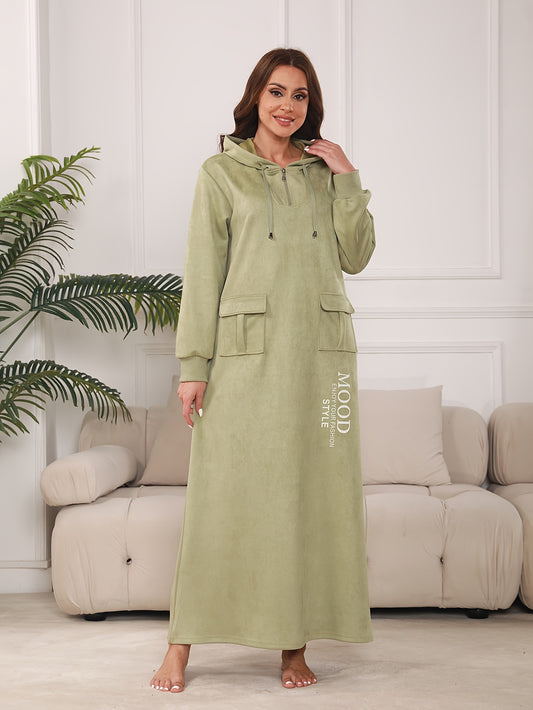

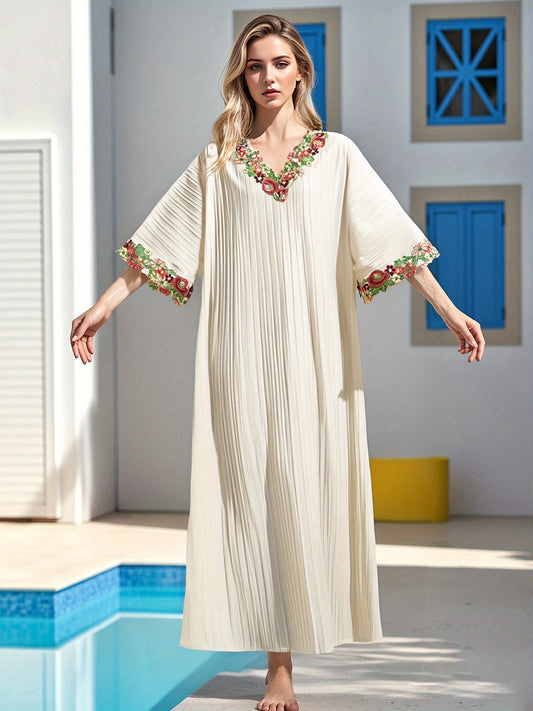

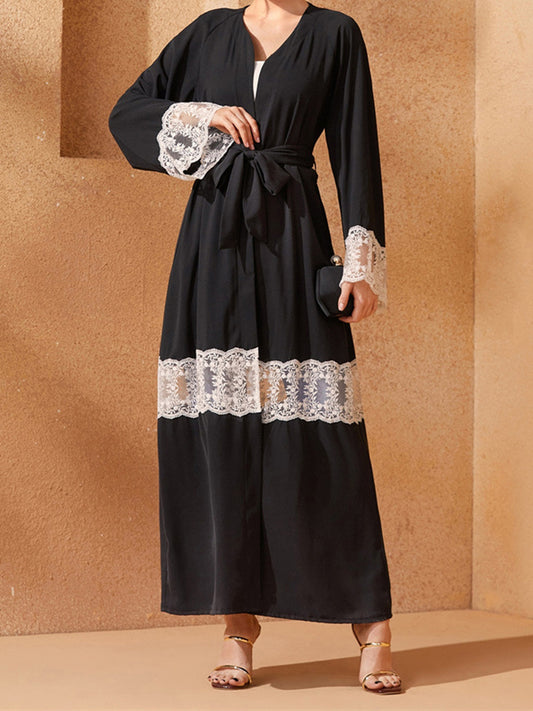

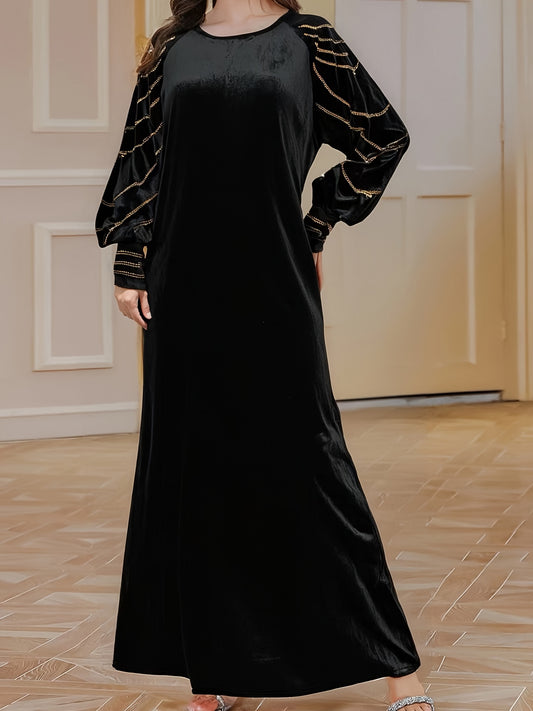
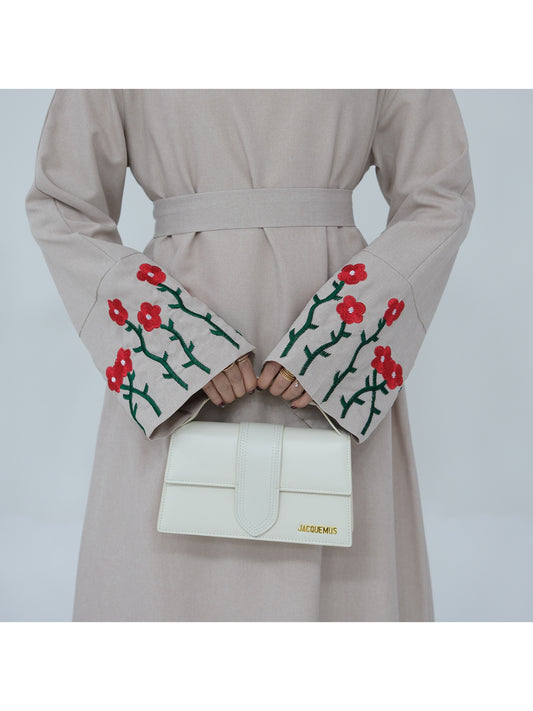
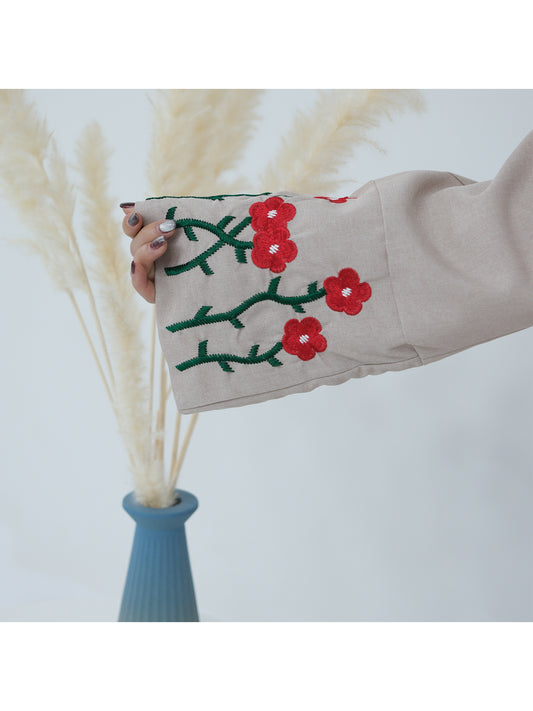


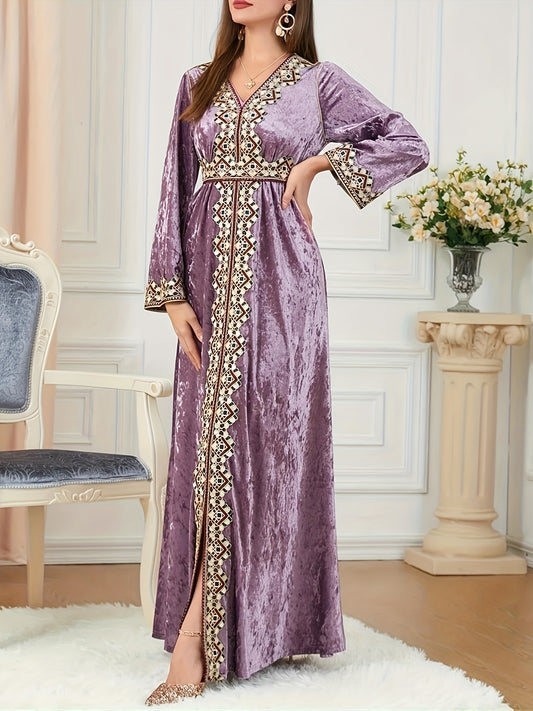
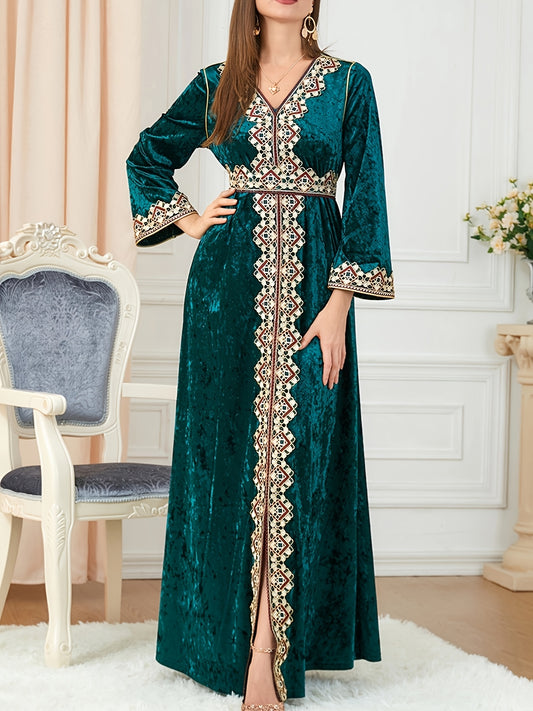

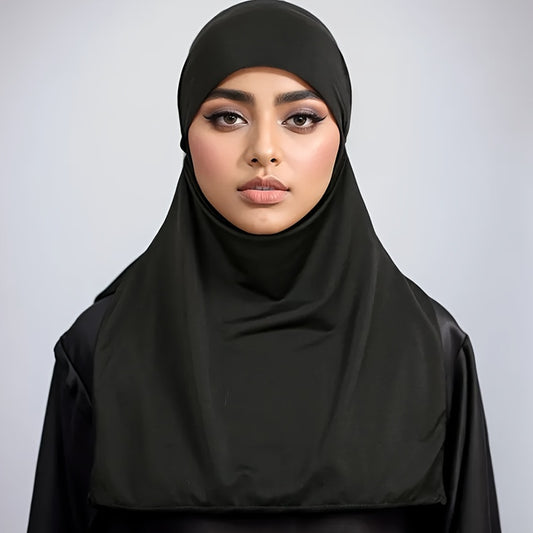
![[Elegant Abaya] Elegant Arabic Abaya Burkha | 2023 New Women's Long Sleeve Modest Cover Dress, Solid Green, Sequin Sleeves, Machine Washable, No Stretch Fabric](http://www.fabulive.com/cdn/shop/files/316b8e879c7b1bc3cb9118f1e6a7e03a.jpg?v=1755027061&width=533)
